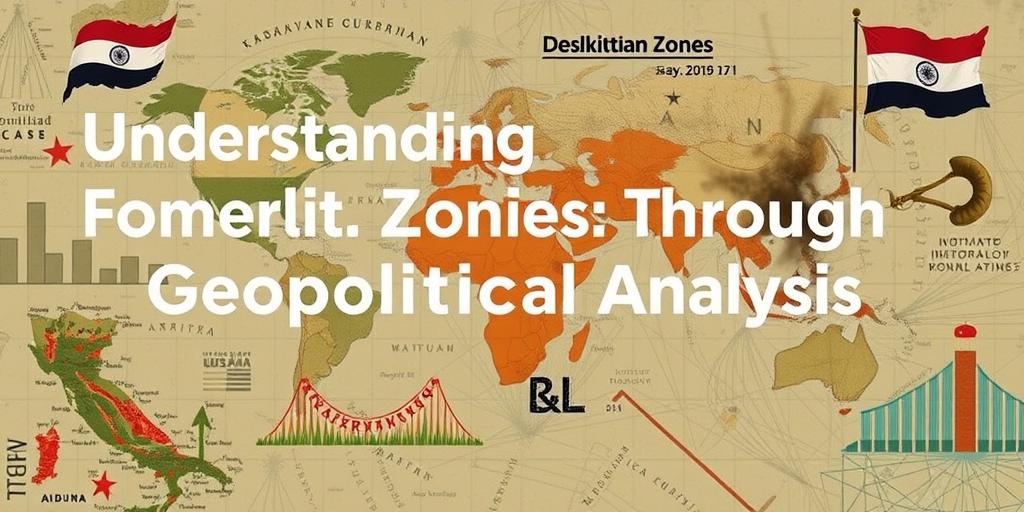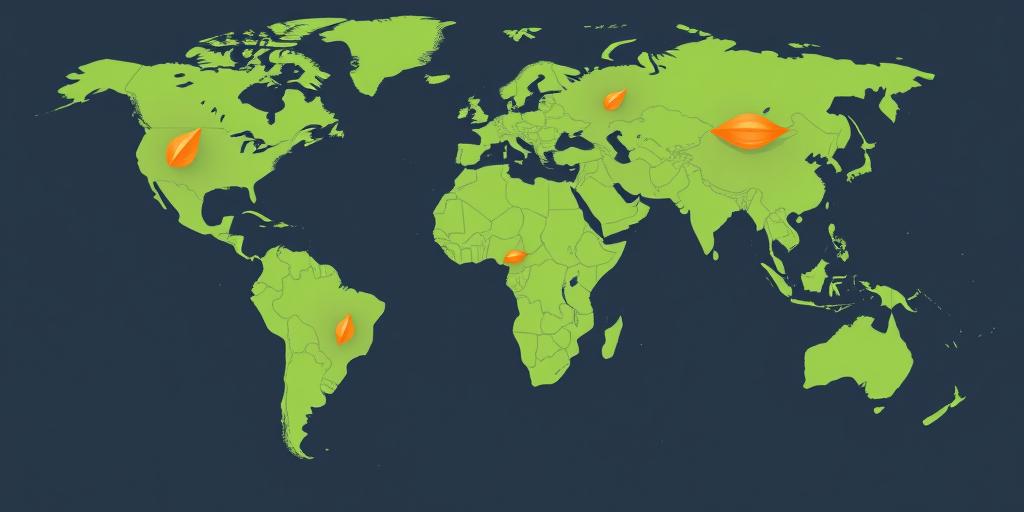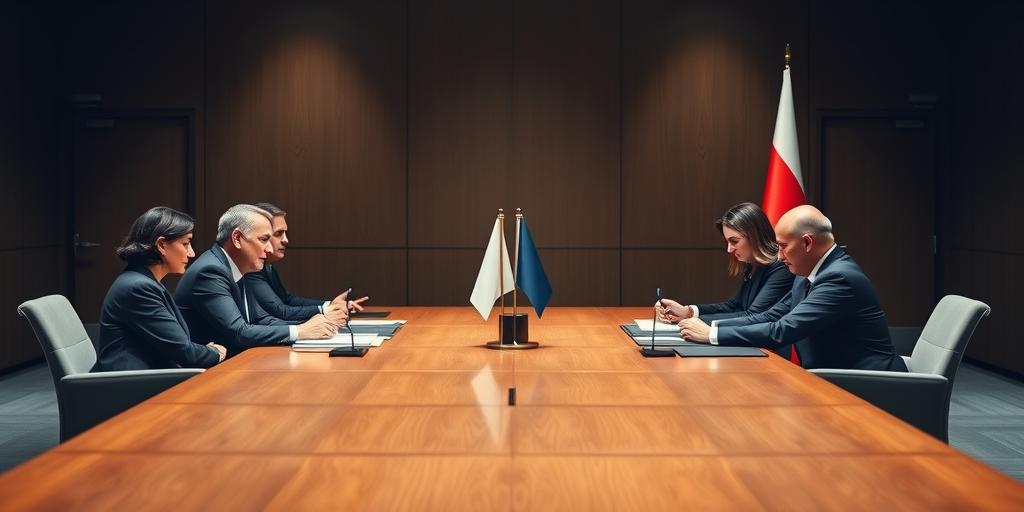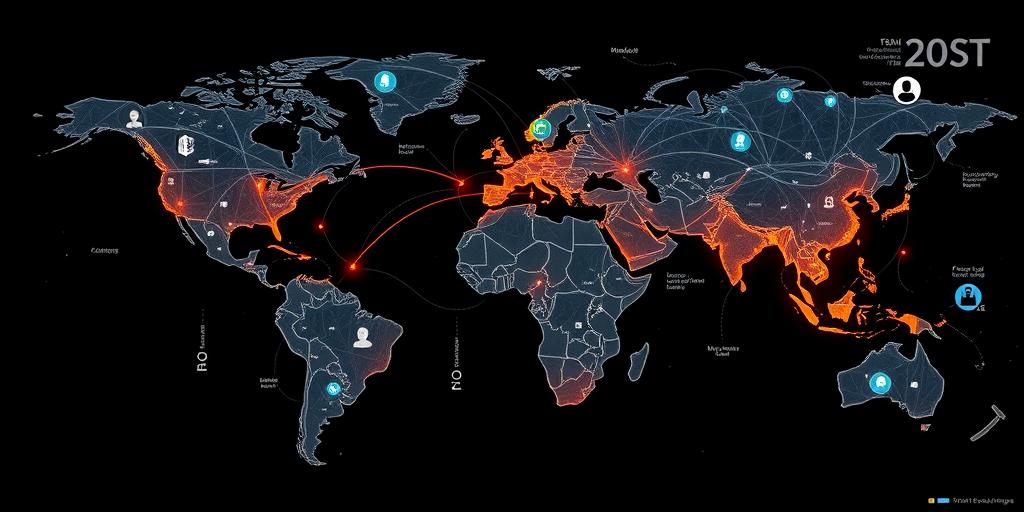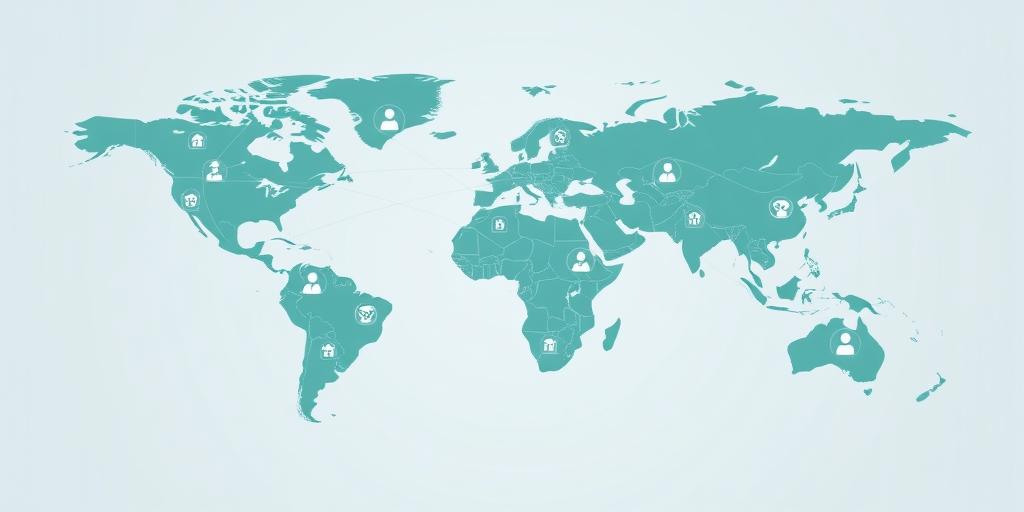Decoding the Language of International Diplomacy
A guide to understanding the complex language of international diplomacy, including nuance, key concepts, and how to decipher diplomatic doublespeak.
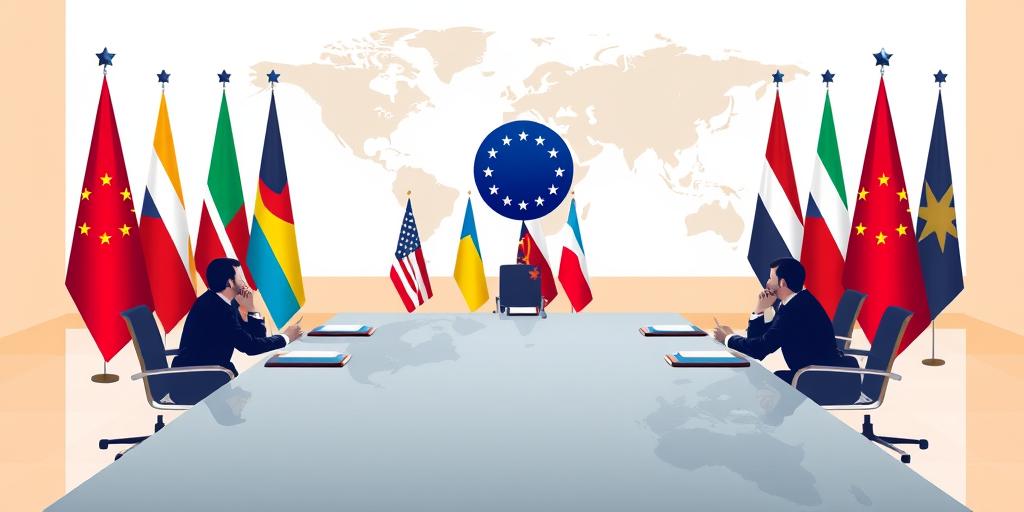
Decoding the Language of International Diplomacy
Decoding the Language of International Diplomacy
International diplomacy is a complex dance of words and actions, a language all its own. It's not just about what is said, but how it's said, the nuances, and the unspoken implications. Understanding this language is crucial for anyone seeking to navigate the world of global politics, international relations, or even just comprehending news headlines. This post will serve as a guide to decoding this intricate language.
The Importance of Nuance
In diplomacy, words carry immense weight. A seemingly innocuous phrase can have significant repercussions. Diplomats are trained to choose their words carefully, understanding that every statement can be interpreted in multiple ways. The art lies in conveying a message accurately while minimizing the risk of misinterpretation or offense.
Consider the phrase "deeply concerned." In everyday conversation, it might express mild worry. In diplomatic parlance, it signals serious disapproval and potential action. Similarly, "noted with interest" can imply polite acknowledgment without necessarily agreeing or endorsing a particular viewpoint.
Key Concepts in Diplomatic Language
Several key concepts underpin the language of international diplomacy:
- Ambiguity: Diplomats often use ambiguity deliberately. It allows for flexibility in negotiations and avoids rigid commitments. A vague statement can be interpreted in different ways depending on the context and the needs of the parties involved.
- Euphemisms: These are used to soften potentially offensive or controversial statements. For instance, "collateral damage" is a euphemism for civilian casualties in military operations. "Enhanced interrogation techniques" is another example, used to describe methods that might otherwise be considered torture.
- Formal Language: Diplomatic communication tends to be highly formal, adhering to strict protocols and conventions. This formality helps maintain a sense of decorum and respect, even when discussing contentious issues.
- Understatement: Diplomats often downplay the severity of a situation to avoid escalation or alarm. A major crisis might be described as a "challenging situation" or a "matter of concern."
Deciphering Diplomatic Doublespeak
Diplomatic language can sometimes appear to be doublespeak, where words are used to obscure the truth or mislead the audience. However, it's important to understand that this is not always the intention. Diplomats often operate under constraints, needing to balance transparency with the need to protect sensitive information or maintain relationships.
To decipher diplomatic doublespeak, consider the following:
- Context: The context in which a statement is made is crucial. Consider the historical background, the political climate, and the relationships between the parties involved.
- Source: Who is making the statement? What are their motivations and biases?
- Audience: Who is the intended audience? Is the statement meant for domestic consumption or international consumption?
- Subtext: What is not being said? Often, the most important information is conveyed implicitly rather than explicitly.
Examples in Practice
Let's look at some examples of how diplomatic language is used in practice:
- Joint Statements: These are issued after meetings between leaders or diplomats. They often contain carefully worded statements that reflect the common ground between the parties while avoiding contentious issues.
- UN Resolutions: These are formal expressions of the opinion or will of the United Nations. The language used in resolutions is often the result of intense negotiation and compromise.
- Press Conferences: Diplomats often use press conferences to convey their message to the public. They are careful to present their views in a way that is both informative and persuasive.
Resources for Further Learning
- Diplomatic Handbooks: Many countries and organizations publish handbooks on diplomatic protocol and practice.
- Academic Journals: Journals such as Foreign Affairs, International Security, and World Politics offer in-depth analysis of international relations.
- News Media: Follow reputable news organizations that provide coverage of international affairs.
Conclusion
Decoding the language of international diplomacy requires a keen understanding of nuance, context, and subtext. It's a skill that can be developed through study, observation, and practice. By mastering this language, you can gain a deeper understanding of the forces shaping our world and the complex interactions between nations. Understanding diplomatic communication and the subtleties of diplomatic phrasing is essential in today's interconnected world. To truly grasp international relations terminology, one must look beyond the surface and consider the underlying implications. Furthermore, exploring diplomatic jargon and its meanings reveals a world of carefully constructed statements designed to navigate complex global issues. Continue learning, stay informed, and you'll be well-equipped to navigate the fascinating world of international diplomacy.

